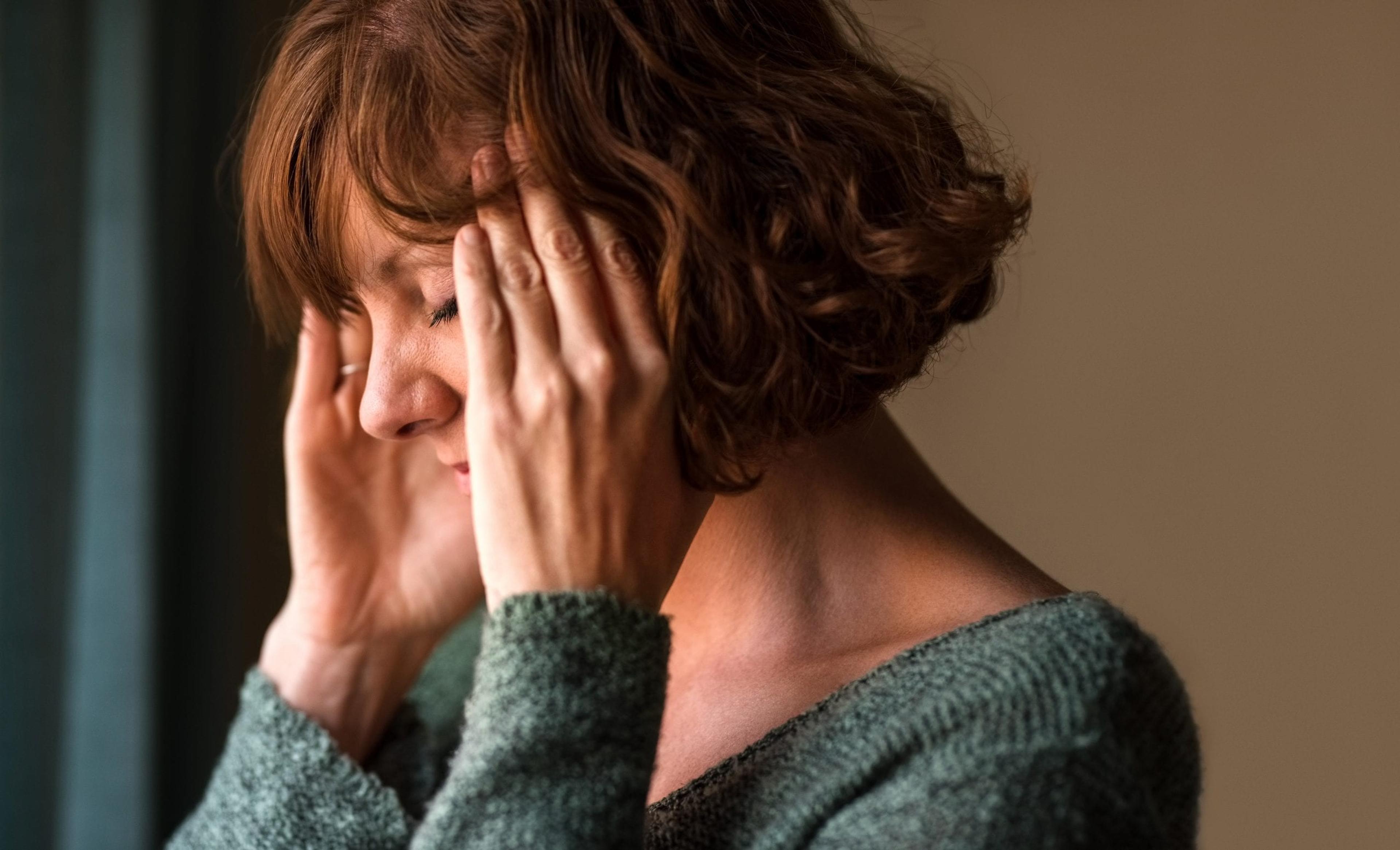Physical Effects of Anxiety and Depression
Julie Bitely
| 3 min read

Nearly 20% of adults in the United States have some form of anxiety disorder, making it the most common mental illness with 40 million people affected every year. Depression and anxiety are often co-occurring, with nearly 50% of those diagnosed with depression also having an anxiety diagnosis and vice versa, according to the Anxiety and Depression Association of America. With many people reporting increased concern over their mental health due to the COVID-19 pandemic, it’s important to understand that both anxiety and depression are treatable. Oftentimes, the earliest signs of anxiety and depression can be physical. Left untreated, both mental illnesses can contribute to significant physical health concerns.
Causes of anxiety and depression
- Anxiety: Everyone faces stress in their lives, but certain types of stress can increase your chances of developing an anxiety disorder that will need treatment. These include trauma experienced as a child or adult, illness-related stress, prolonged stress or worry about a situation and underlying personality traits. As mentioned previously, having depression or other mental health disorders increases your risk for having an anxiety disorder, as does a family history and drug or alcohol misuse.
- Depression: There are many possible causes for depression including the brain’s regulation of chemicals and mood, family history and certain medications. Stressful life events and circumstances can also be a factor. Having other mental health disorders also increases the risk for depression.
Mental health conditions often present as and lead to physical symptoms
In some cases, both anxiety and depression can be detected via physical symptoms. Depression sometimes presents as unexplained aches and pains in joints, limbs or the back. Gastrointestinal issues, fatigue, sleep problems and appetite changes can also signal depression. Physical symptoms of generalized anxiety disorder include fatigue, muscle tension and trouble with falling asleep or staying asleep, among others. When left untreated, both mental health conditions can lead to troubling medical conditions. People with high levels of anxiety are more likely to experience:
- Cardiovascular disease
- Autoimmune disorders
- Neurodegenerative diseases
- Obesity
- Diabetes
- Asthma
- Arthritis
- Ulcers
- Back and neck problems
- Headaches
People with depression can experience physical symptoms such as:
- Insomnia
- Headaches
- Fatigue
- Weight loss or gain
- Gastrointestinal issues
- Chronic pain
- Loss of sexual interest
- Increased risk of heart disease
Getting help for anxiety and depression
Treatment for anxiety and depression can be tailored based on each individual’s needs and severity of symptoms. Therapy and medication are often recommended. Support groups can be helpful as can various relaxation and meditation techniques. Many people find increasing physical activity and changes to diet can help with symptoms. Blue Cross Blue Shield of Michigan and Blue Care Network have expanded coverage for behavioral health services such as therapy. Learn more about how your behavioral health coverage works here. If you or someone you love is in crisis, the National Suicide Prevention Lifeline is available 24/7 at 800-273-8255. Blue Cross and Blue Care Network members are also able to call behavioral health access lines, staffed 24/7 (press 1 after dialing for immediate care):
- PPO members: 1-800-762-2382
- HMO members: 1-800-482-5982
Related:
Photo credit: Nicky Lloyd





